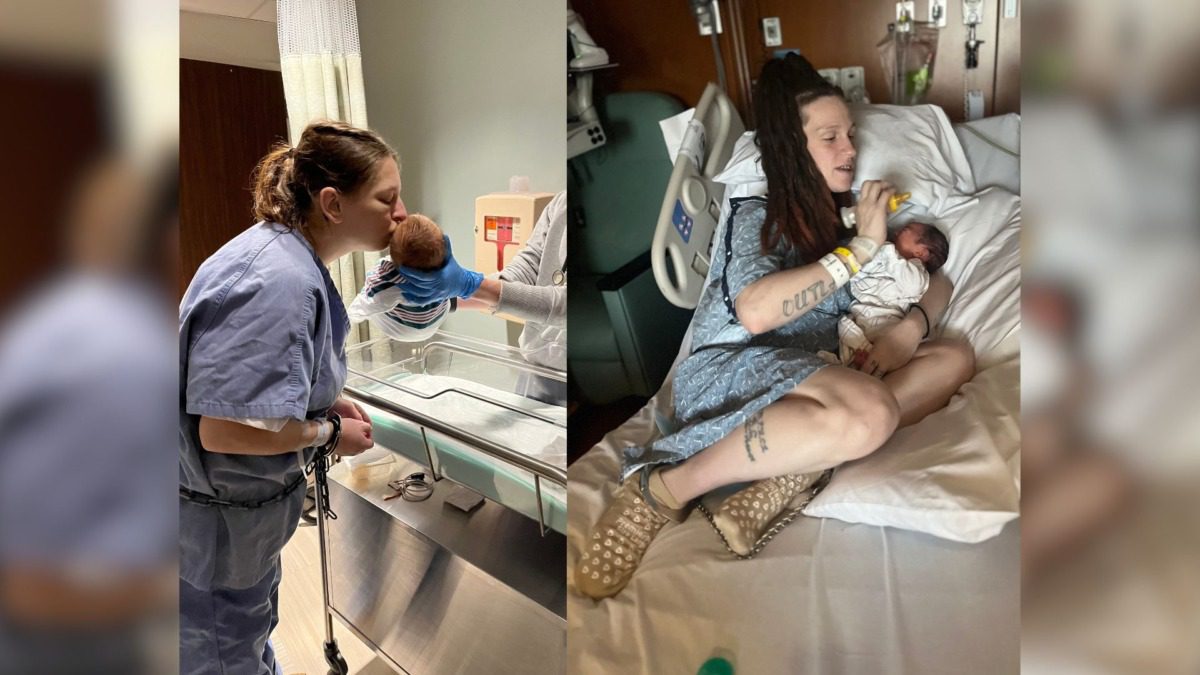
Courtesy Photos: Virginia Prison Birth Project
New laws now ban shackling during labor and give judges more flexibility to release pregnant people pretrial. Here’s how it happened—and why it matters.
After reminiscing about having her own daughter in Virginia, Delegate Rae Cousins couldn’t imagine giving birth in restraints.
During her first legislative term in 2024, the Democrat from Richmond introduced bills focused on criminal justice reform and improving maternal health outcomes. That’s when Cousins learned that in many Virginia jails, people were still being shackled during pregnancy, labor, and postpartum recovery—a discovery that, she said, revealed how “well behind the curve” the state’s policies are.
“I felt sadness for those people who had to endure that, especially having given birth recently myself,” Cousins said. “And I felt anger that it just took us this long to even get to this point. To me, this is just a very basic humanity concern, and I think the practice of shackling people who are pregnant and incarcerated is just inhumane.”
Her response wasn’t just personal—it became legislative action.
Two new laws in Virginia, introduced and co-sponsored by Cousins and Delegate Shelly Simonds, passed with bipartisan support this year. They aim to bring the state’s correctional policies in line with basic maternal health standards. House Bills 2235 and 2328 prohibit the shackling of people during labor in jails, and ensure that pregnancy and postpartum status are considered in bail decisions—reforms long demanded by reproductive rights advocates and women who’ve lived through the experience of giving birth behind bars.
“Nobody wants pregnant women to be behind bars,” Simonds said. But if they are, she said the state has a responsibility to make sure they are treated with care and dignity. She framed the legislation as a long-overdue affirmation of humanity.
The push for reform gained traction after students, working with Simonds in a University of Virginia legal clinic, uncovered a troubling gap: while state-run prisons had clear anti-shackling policies, local and regional jails—where more incarcerated women are held than men—followed separate guidelines riddled with exceptions. That discovery helped renew scrutiny and legislative urgency.
Research and legal analysis revealed policy gaps on paper, but it was the lived experiences of incarcerated women that made the issue impossible to ignore.
RELATED: Virginia HBCU launches first doula certification program, targeting Black maternal mortality in the South
“I’ve never experienced childbirth, but I know enough about it that I don’t understand how anybody in the world could give birth while still shackled,” said Kelly Dara, Advocate for Women Behind Bars at The Humanization Project, a Virginia nonprofit that amplifies the voices of people impacted by incarceration. “I don’t know how these women have done it, but it was their stories that I think really pushed us past the finish line.”
Dara, who spent nearly 30 years incarcerated, witnessed firsthand the trauma pregnant people around her endured—experiences she described as mistreatment towards women.
“They would give birth and when they woke up from rest or from surgery, they would immediately have shackles on their ankles,” she said. “They would be transported from the facility to medical appointments with shackles and handcuffs on, which is very dangerous for the child if something were to happen. If that woman were to fall or something, there would be no way for her to protect herself or her baby.”
Left without protection
Until this year’s reforms, Virginia’s policy on shackling pregnant people was inconsistent. Prisons had protections in place, but jails did not.
Back in 2012, a broad coalition of advocates urged the state General Assembly to ban the practice altogether. Their proposal, House Bill 836, would have restricted the use of restraints on pregnant people across all correctional settings: state, local, regional, and juvenile facilities.
But the bill died in committee, and no statewide law was enacted.
In 2014, the Virginia Department of Corrections updated its internal policy to prohibit leg and waist restraints during pregnancy, labor, delivery, and postpartum recovery. But those changes applied only to state-run prisons.
That left local and regional jails free to continue shackling. Those facilities followed a separate set of standards set by the State Board of Local and Regional Jails. Under regulation, 6VAC15-40-985, staff were instructed to use “the least restrictive method” of restraints and to avoid shackling during labor and delivery—but only if jail officials determined the person wasn’t a flight risk or security threat.
In practice, advocates say those carve-outs gave jail staff broad discretion, which led to conflicting enforcement and unnecessary trauma.
At the same time, Virginia law offered no requirement for judges to consider pregnancy or postpartum status in bail decisions, until HB 2328 came into force. That meant one person might be released to recover at home, while another could be forced to give birth in jail, restrained, alone, and at risk of losing her child based solely on where she was arrested and who held the discretion.
Inside the birth room
Sara Zia, co-founder and program director of the Virginia Prison Birth Project, has seen how policy—or lack thereof—can shape birthing experiences behind bars. Her organization provides doula care and pregnancy support for incarcerated people across the state—attending births in the Commonwealth’s prison systems since 2019.
Zia said the difference in treatment between prisons and jails was stark.
In 2019, during her first Virginia prison birth, Zia saw a woman restrained at the waist, wrists, and ankles just after a C-section. She flagged the violations, and within days, she said state Department Of Corrections staff had laminated the anti-shackling policy and added it to transport bags. She said she and her team never saw the incident happen again.
But in a local jail, where new legislation is now focused, the shackling practice persisted.
She and her team began providing doula care in jail settings in 2022, and routinely saw people shackled during pregnancy and medical transport. While the existing DOC policy didn’t apply to local jails, Zia said she often printed it out and handed it to nurses or staff in hopes of persuading them to remove the restraints. But the team rarely saw their plan flourish.
Now with HB 2235 on the books, Zia is hopeful.
“We can continue to leverage, and also cite something that they have to follow,” she said.
As these new laws begin to shape policy inside Virginia’s jails, Cousins hopes they send a broader message—one of dignity and recognition.
“To women who are inside, who are incarcerated, I hope that this just gives them some hope that there are people on the outside, in the legislature who see their humanity, who know that they are so much more than their worst mistakes that ended up resulting in their incarceration,” she said. “And I hope it gives them some hope that they do have allies who want to make sure that they get access to all the health care resources, programming resources that they need while they are in state custody.”

Virginia lawmakers warn—contraception fight is far from over as Trump officials push to destroy $10M supply
Planned Parenthood’s “Bros for Repro” delegates say federal attacks on birth control could foreshadow risks for Virginians. Virginia lawmakers say...
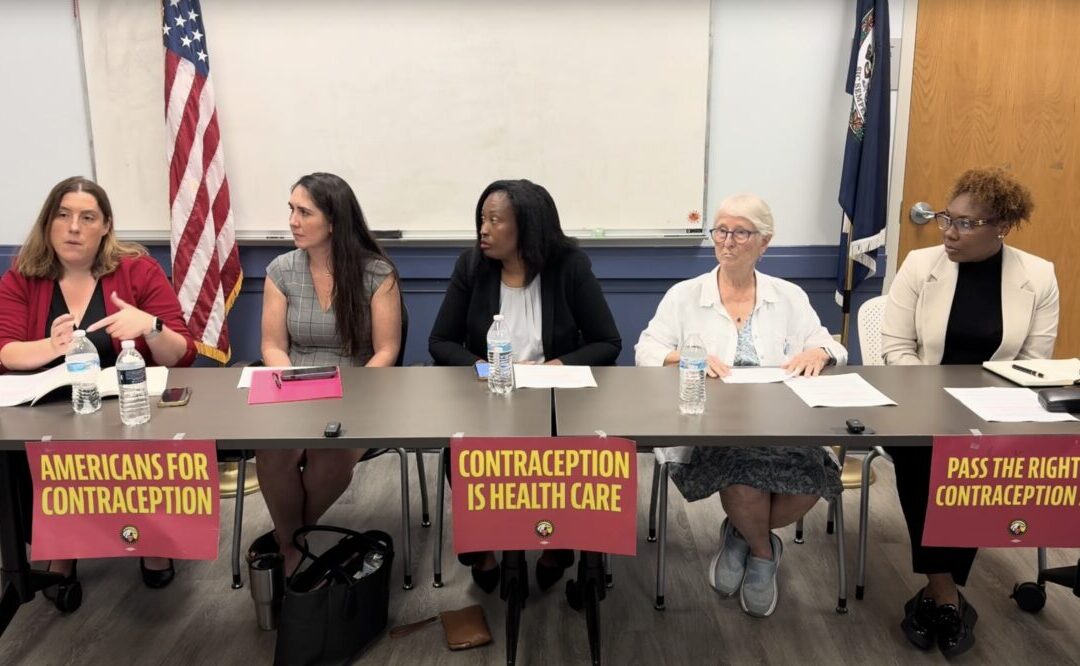
At a Virginia roundtable, advocates warn contraception rights are at risk
The event spotlighted Virginia’s stalled Right to Contraception Act and the broader fight against policies that could strip thousands of Virginians...
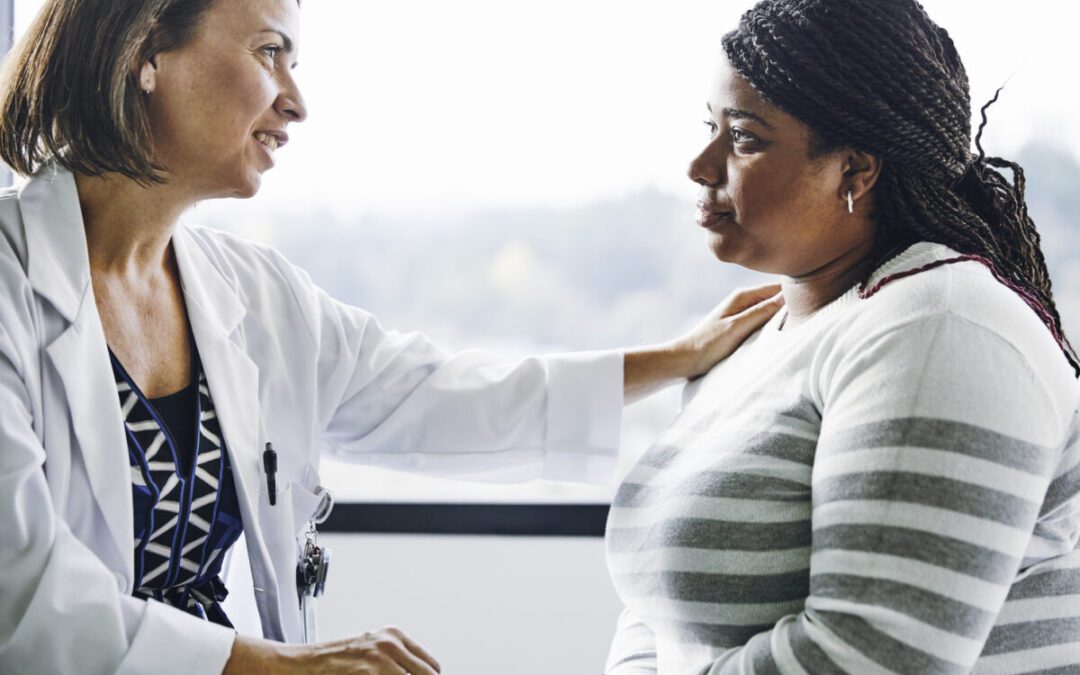
In her own words: Why this Texas physician now helps women in Virginia
Dr. Lou Rubino is just one of many physicians who’ve left Texas as a result of the state’s multiple abortion bans—laws that prevent doctors from...
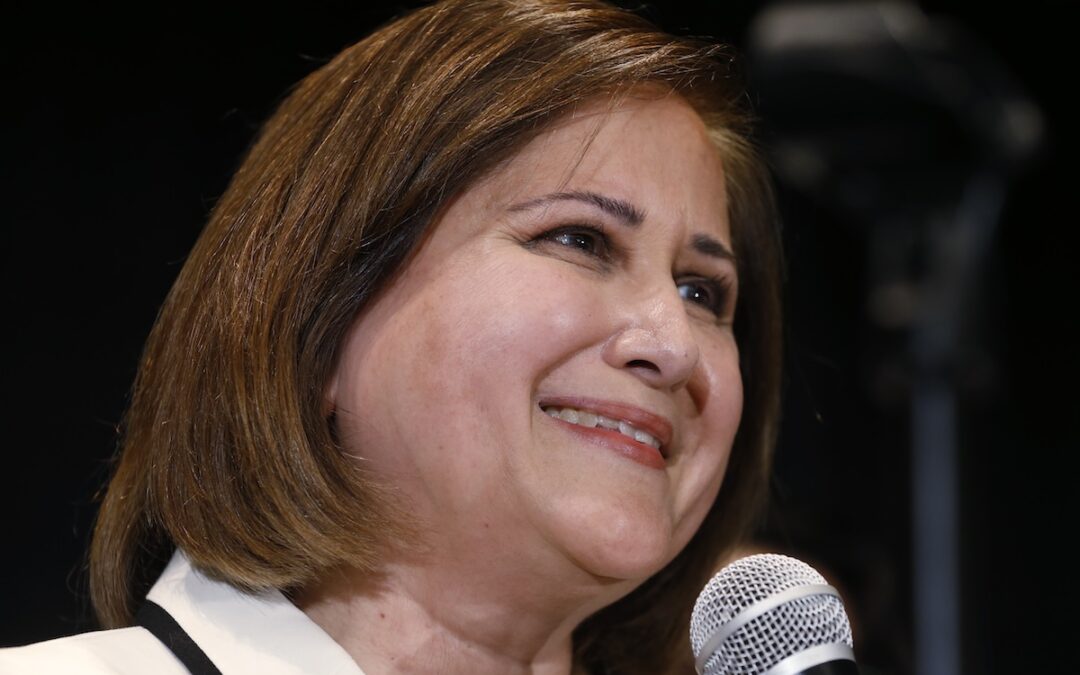
Ghazala Hashmi speaks out: ‘I’m so thankful my doctor could save my life’
The Democrat running for lieutenant governor of Virginia reveals she had two dangerous miscarriages—and pledges to protect reproductive rights for...
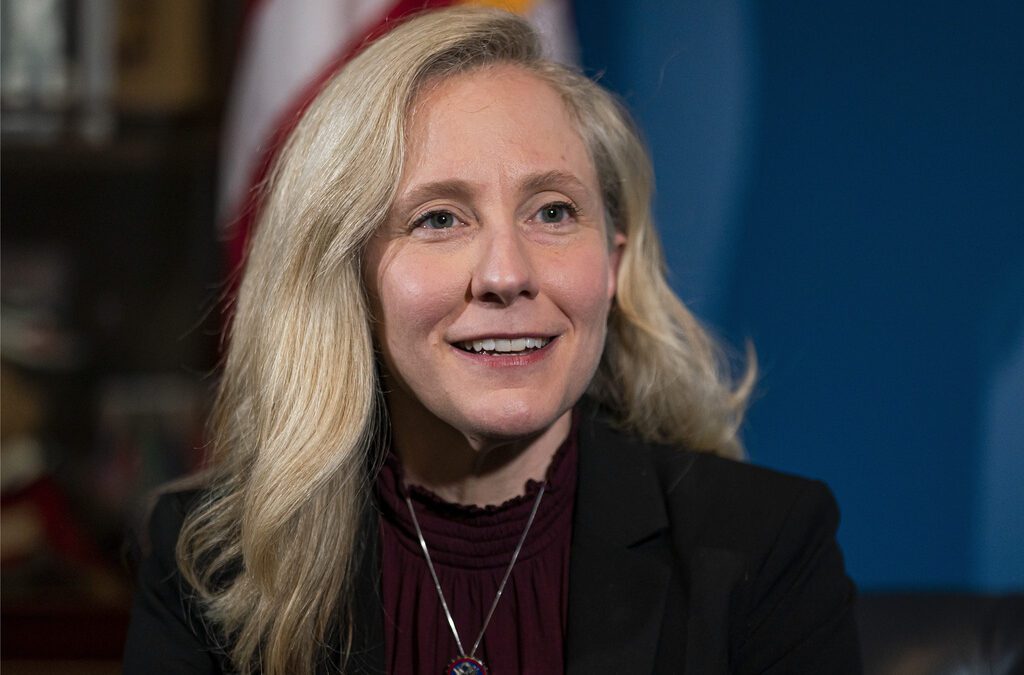
Spanberger makes reproductive rights a cornerstone of her run for governor
She's pledging to defend contraception access and expand abortion protections. Virginians got to learn a little more about the Democrat running for...
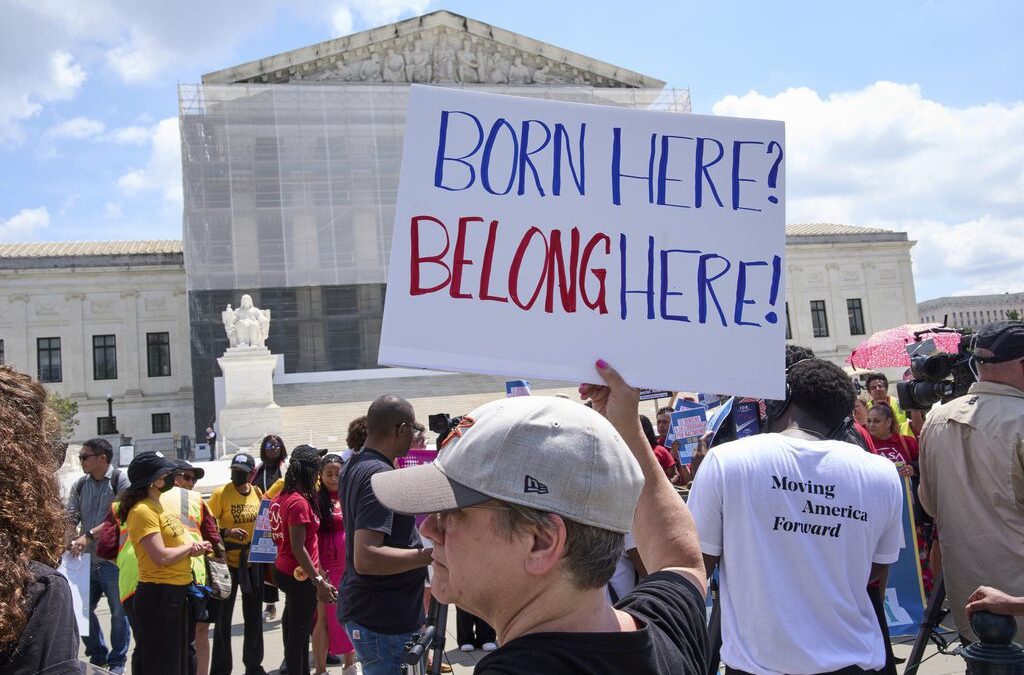
Supreme Court limits nationwide injunctions, but fate of Trump birthright citizenship order unclear
WASHINGTON (AP) — A divided Supreme Court on Friday ruled that individual judges lack the authority to grant nationwide injunctions, but the...





